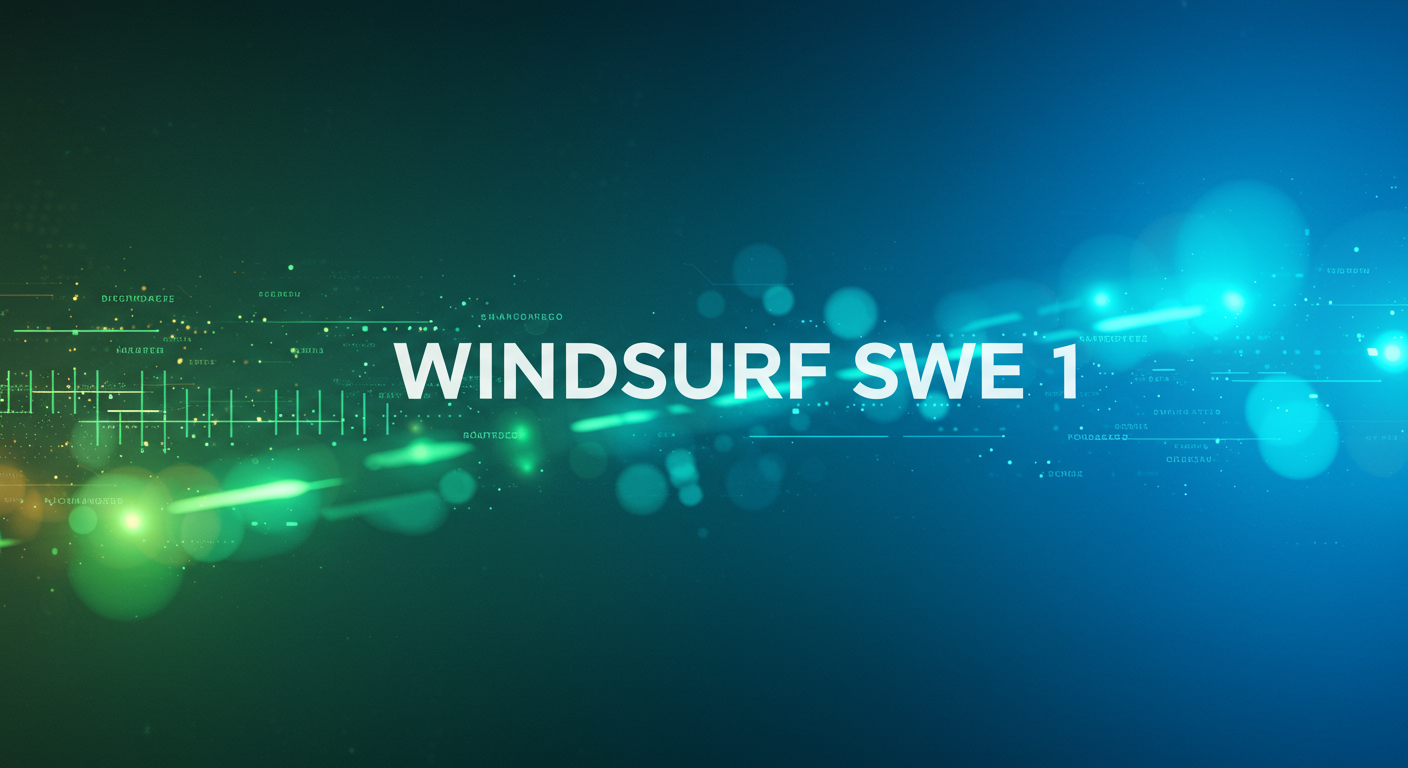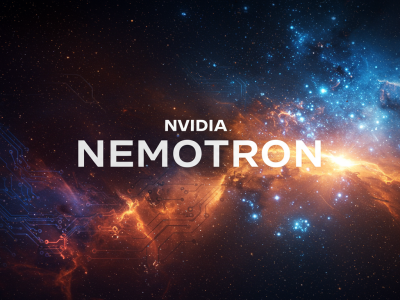Quick Take: Windsurf just launched its first family of in-house models, SWE-1, built with the philosophy that “coding is not software engineering.” These models are optimized for the entire, messy development process by training on a unique “flow awareness” data model from their editor, which captures context from your code, terminal, and more. The family includes a near-frontier model for paid users and powerful free options for everyone.
🚀 The Crunch
🎯 Why This Matters: Windsurf just launched its first family of in-house models, SWE-1, built with the philosophy that “coding is not software engineering.” These models are optimized for the entire, messy development process by training on a unique “flow awareness” data model from their editor, which captures context from your code, terminal, and more. For developers, this means a more context-aware AI partner that understands the *why* behind your code, not just the syntax.
⚡ Developer Tip: If you’re a paid Windsurf user, switch your active model to SWE-1 for your next complex task and test its reasoning. For all users, your default experience is now powered by the improved SWE-1-lite and SWE-1-mini, so pay attention to the quality of suggestions in both Cascade and the passive Tab—you should notice a significant upgrade.
Critical Caveats & Considerations
- First-Generation Models: This is the first iteration. While promising, expect continuous improvements and potential changes.
- “Overfit” to Windsurf: The models are explicitly trained on the Windsurf user experience. Their exceptional performance is tied to this specific “flow-aware” environment.
- Not Open Source: Unlike some competitors, these are proprietary models available exclusively through the Windsurf platform.
🔬 The Dive
The Philosophy: Coding is Just One Piece of the Puzzle. Windsurf’s core argument is that the AI industry has become hyper-focused on models that are good at *coding*—passing unit tests and generating syntactically correct snippets. But any real developer knows that’s only a fraction of the job. True software engineering involves reasoning over incomplete states, working in the terminal, understanding user feedback, and navigating ambiguity. The SWE-1 family is Windsurf’s attempt to build models that understand this entire, messy process.
💡 “At some point, just getting better at coding will not make you or a model better at software engineering. And we ultimately want to help accelerate everything a software engineer can do.” – The Windsurf Team
The Secret Sauce: “Flow Awareness”
- What is it? Windsurf built their editor to create a “shared timeline” that captures the complete state of interaction between the user and the AI. This isn’t just code; it’s a rich stream of contextual data.
- Awareness of the Text Editor: When you edit a file and then type “continue” in the chat, the AI knows what you changed and incorporates it.
- Awareness of the Terminal: The AI is seamlessly aware of errors you encounter when running code, allowing it to debug more effectively.
- Awareness of the Browser: Through Previews, the AI understands the frontend components and errors the user is seeing.
- Awareness of Your Actions: The system also tracks your clipboard content, in-IDE searches, and the current chat conversation to build the richest possible context.
- The Data Flywheel: This “flow awareness” creates a unique, high-quality dataset that allows Windsurf to train models specifically on the real, messy, multi-surface process of software engineering, giving them a powerful advantage.
This unique data flywheel is why Windsurf is confident they can eventually build the absolute best SWE models. By understanding exactly where current models succeed and fail in a real-world workflow, they can target their training data and model improvements with surgical precision.
TLDR: Windsurf’s new SWE-1 models are trained on your entire dev flow (code, terminal, etc.), not just code. They claim near-frontier performance and a smarter AI partner for everyone, live now in their editor.




